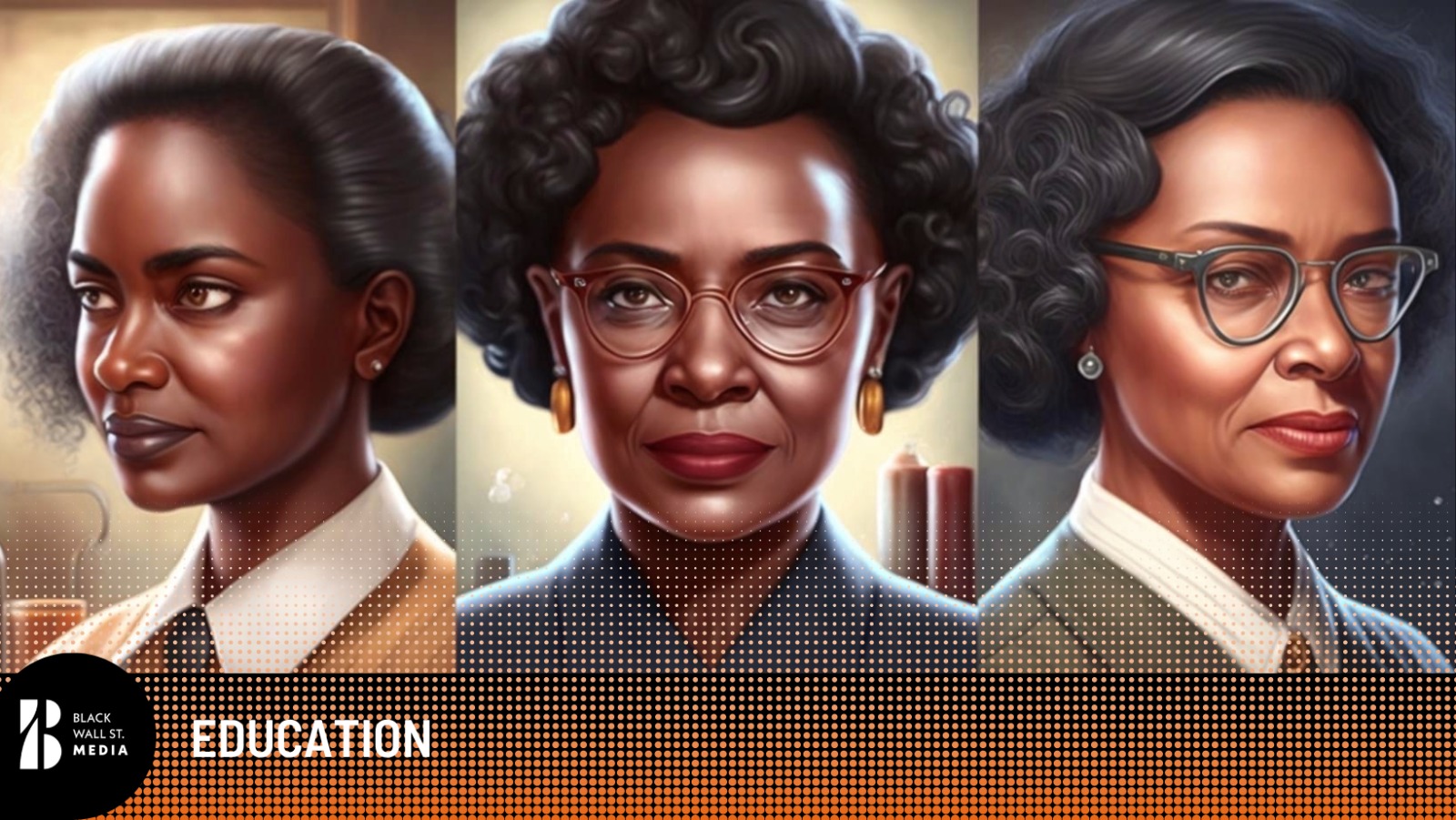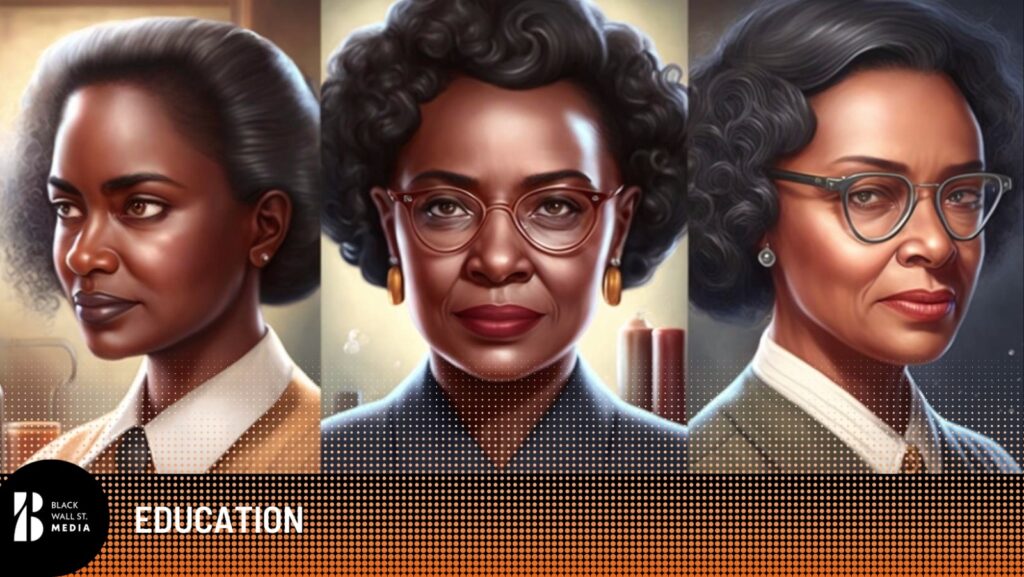HISTORY
“Hidden Figures: The African-American Women Who Helped NASA Reach for the Stars
“”
Black Wall St. MediaContributor

During the 1960s, the names of astronauts like Alan Shepard, Gus Grissom, and John Glenn were celebrated for being America’s first men in space.
However, their groundbreaking missions were made possible by hundreds of unacknowledged NASA workers, including a group of African-American women known as “human computers.”
These women, who manually calculated orbital trajectories, were instrumental in NASA’s early space missions.

The history of human computers at NASA dates back to 1935 when the National Advisory Committee for Aeronautics (NACA), the precursor to NASA, hired numerous women to perform mathematical calculations by hand at the Langley Memorial Aeronautical Laboratory in Virginia.
The tradition of using women as computers goes even further back, with the women at Harvard University who analysed star photos in the late 19th and early 20th centuries to learn more about their basic properties.
During World War II, NACA recruited African-American women with college degrees to work as computers.
However, segregation policies meant that these women had to work in a separate section called the West Area Computers.
Nevertheless, these women quickly became engineers and electronic computer programmers, making them the first black managers at Langley.
Their brilliant work propelled the first American, John Glenn, into orbit in 1962.
The story of these women’s contributions is celebrated in the book “Hidden Figures” by Margot Lee Shetterly and the movie adaptation.
The book focuses on the lives of three human computers: Mary Jackson, Katherine Johnson, and Dorothy Vaughan.
Mary Jackson was born in Hampton, Virginia, and graduated from the Hampton Institute in Mathematics and Physical Science.

After starting her career as a schoolteacher, she joined NACA as a computer in the all-black West Area Computing section.
She was involved in wind tunnels and flight experiments, extracting relevant data from flight tests. Jackson also helped other women advance in their careers, advising them on educational opportunities and how to overcome obstacles.
Katherine Johnson, born in West Virginia, showed early brilliance in school and attended college at age 13. After graduating with the highest honours, she worked as a schoolteacher before joining the West Area Computing section at Langley.
Johnson’s life changed after the Soviet Union launched Sputnik in 1957. She did trajectory analysis for the Mercury missions and personally ran through John Glenn’s trajectory equations to ensure their safety.
Johnson also worked on the space shuttle, Earth Resources Satellite, and authored or coauthored 26 research reports. She received the Presidential Medal of Freedom in 2015 and died in 2020 at age 101.
Dorothy Vaughan, who began her career as a math teacher in Farmville, Virginia, joined Langley in 1943. As a human computer, she became proficient in programming the new IBM computers and eventually became an expert in the Fortran programming language.
Vaughan was a trailblazer who helped other African-American women advance in their careers.

She retired from NASA in 1971 and died in 2008.
These women’s contributions were essential to NASA’s early space missions, yet they were often unacknowledged or overlooked.

”Their legacy lives on in the fields of aerospace and mathematics, where their groundbreaking work paved the way for future generations of women and people of colour.
Black Wall St. MediaContributor











